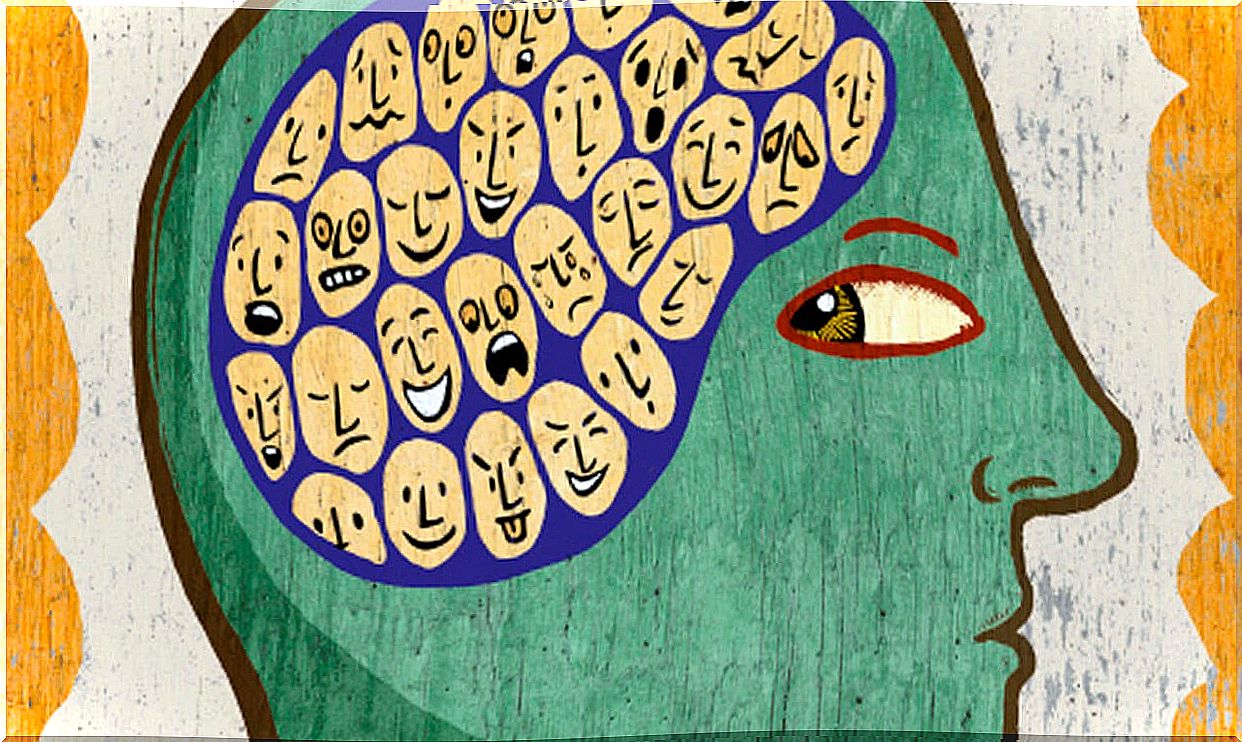How Do We Relate To Cultures Other Than Our Own? (Cultural Intelligence)

Little is often said about cultural intelligence and much about emotional intelligence. This is considered an ability to perceive, assimilate, understand and regulate one’s own emotions and those of others, promoting emotional and intellectual growth. From this information we interpret the world around us, which determines our way of thinking and behaving.
It is usually given great importance when talking about relationships between people, but when relationships are established with people from different cultures, it is necessary to take into account another intelligence, cultural intelligence.
Cultural intelligence
But what is cultural intelligence? It is nothing more than the ability to adapt when interacting with people of different cultures. For example, when we travel to countries with different languages we want them to adapt their speech so that it is understandable to us. Do you do the same?

Components of cultural intelligence
Cultural intelligence consists of four components. A motivational component, a cognitive component, a metacognitive component and, finally, a behavioral or behavioral component.
- The motivational component emphasizes the intrinsic interest in experiencing other cultures and interacting with different people. That desire to know and understand different things.
- For its part, the cognitive component includes knowledge of the norms of other cultures. Do you know the economic and legal system of other cultures? Do you know how to behave with people from other cultures according to their social norms?
- The metacognitive component that refers to cross-cultural awareness. Understand the cultural aspects when people make judgments about their thoughts and those of others. In short, understand the ideas of others from their own culture.
Perhaps, in this era characterized by globalization, to the insistence on developing emotional intelligence should be added the learning of cultural intelligence, thus we would come to better understand other cultures and, ultimately, to know each other better because knowing the other it is no longer knowing ourselves.
Cultural intelligence in Afghanistan
What would you think of someone kicking at the door of your house? This would be annoying behavior but perhaps not as annoying as it would be for the people of Afghanistan, who see this gesture as more than an insult.
One case in which cultural differences became apparent, and which led to cultural intelligence being taken into account in the military, was the war in Afghanistan.
One of the gestures that the soldiers made constantly and that was very frowned upon by the inhabitants of Afghanistan was that they put dogs in their houses. In Spain this can bother from a lot to nothing, depending on the person, but, surely, if instead of a dog it were a pig that was walked through our houses, more reluctance would appear.
At first, American soldiers were not aware that dogs were not well regarded and were not considered companion animals, so they brought them into people’s homes.
These two behaviors, taken among many other differences that occurred, are examples of how the same behavior is not perceived in the same way by different cultures. Fortunately, General David Petraeus, in command of the troops at that time, realized the shortcomings that the men under his command had, in terms of emotional intelligence, and were able to fill them.









